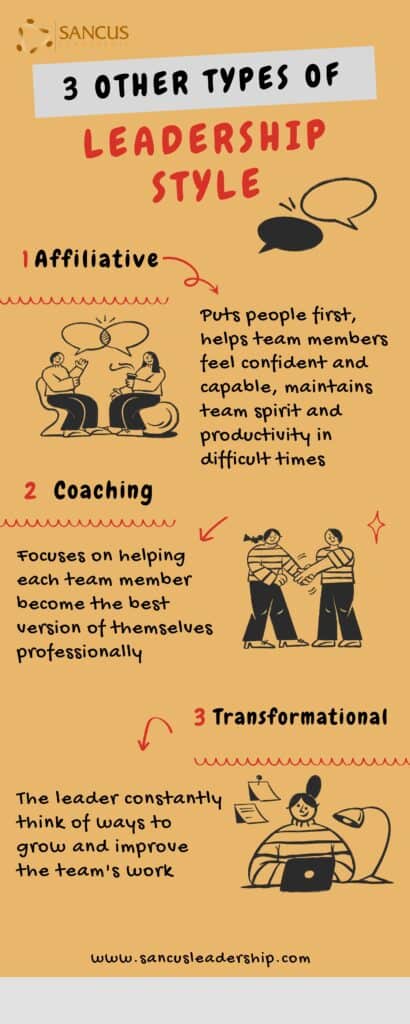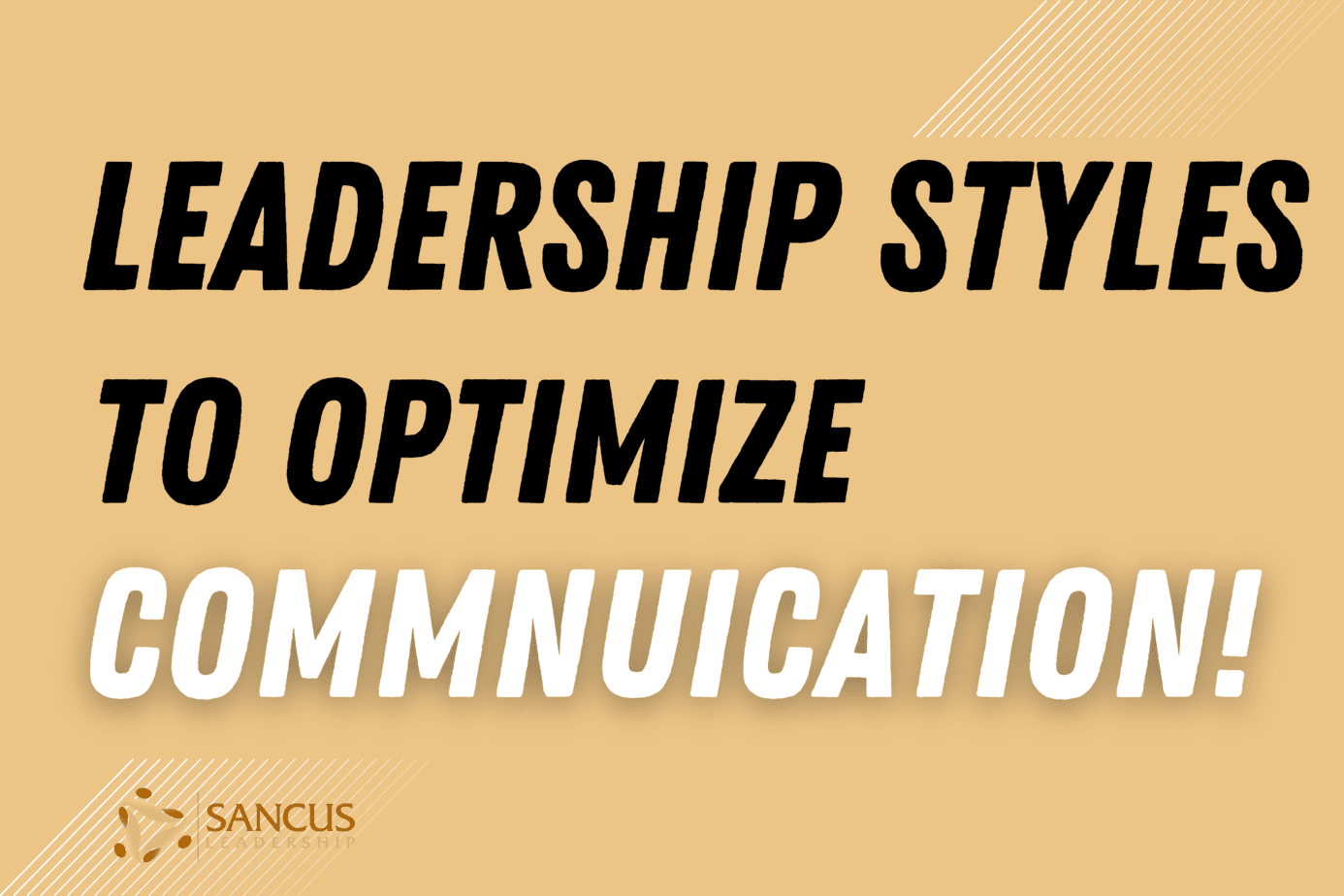As a leader, you adopt a leadership style that dictates the atmosphere in your workplace and your relationships with peers and employees. You may develop your style organically, based on your personality, or choose it consciously, considering what works best. In any case, your leadership style should optimize the communication between you and your team.
Democratic leadership is one of the best leadership styles for clear communication. It entails seeking feedback and input from every team member to achieve a consensus. Therefore, it fosters effective and open communication. Other suitable leadership styles include affiliative and coaching.
If you want to know more, read the rest of this article. I will explain why the democratic leadership style is best for communication and cover additional ones that may also work. Moreover, I will go over leadership styles that hinder communication.
What is really the importance of language in small team leadership?
What Leadership Style Is Best for Communication?

There are so many leadership styles out there; whichever style you embrace determines your leadership career and your team’s relationship. Different leadership styles can work differently and may be ideal for various situations. However, you should adopt a technique that helps your communication with your employees rather than hinders it.
The best leadership style for clear communication is the democratic style. The democratic leadership style is based on making decisions with the participation of everyone on your team. This entails constant and open communication with every individual to get information and ideas from everyone. The communication lines should be available to achieve a consensus that everyone is satisfied with.
The democratic leadership style is based on making decisions with the participation of everyone on your team.
The democratic leadership style is one of the most popular and effective ones because it is based on the participation of every person on the team and the general consensus. By asking for the opinion and expertise of everyone to reach a decision, you build confidence in your team and motivate them to continuously improve at what they do.
As a democratic leader, you should keep open lines of communication with every team member to ask for their input and to provide your expertise. The basis of communication in democratic leadership is listening. By actively listening to the ideas and concerns of your team, you will be able to offer solutions and make a consensus decision.
By actively listening to the ideas and concerns of your team, you will be able to offer solutions and make a consensus decision.
How To Communicate as a Democratic Leader

Here are some tips that can help you improve your communication skills as a democratic leader:
- Make sure to listen actively. Please pay attention to what every team member has to say and ensure they know their input is appreciated and utilized to make a decision.
- Keep open lines of communication. Your leadership should show your team that they can always come to you for questions and concerns because they know that their opinion is valuable.
- Seek feedback from your team. Ask for input and feedback from your team on your decisions and ideas. As a democratic leader, you should ensure you do what is best for your team.
- Initiate the more difficult conversations. Sometimes, despite the open lines of communication, some team members may hesitate to talk to you in delicate situations; you should be the one to initiate conversations when nobody else will keep the lines open.
Other Leadership Styles That Help Communication

Besides the democratic leadership style, other styles can be great for the communication process between you and your team, as well as your peers or superiors. Let’s see what other leadership styles you can adopt to foster good and open communication:
Affiliative Leadership Style
The affiliative leadership style is based on the belief that the people come first. Affiliative leaders strive to help everyone on their team feel confident and capable, which translates to more productivity overall. This type of leadership is precious in less-than-ideal times when the team may be stressed or under pressure.
An affiliative leader will keep the spirits up and inspire confidence even in the worst times. The leader should connect with every team member by listening and offering advice to everyone. Of course, this style requires clear and open communication all the time.
Coaching Leadership Style
Like the affiliative and democratic styles, coaching leadership focuses on the people more than the results. A coach-style leader seeks to help every team member to become the best version of themselves professionally.
Naturally, this style requires constant communication with everyone to realize their strengths and weaknesses and to understand how to improve them. The communication must remain transparent and open, allowing team members to give feedback if they feel your suggestions do not work.
Transformational Leadership Style
The transformational leadership style is quite challenging because it requires the leader to constantly think of ways to grow and improve the team’s work, which helps the company achieve better results. Transformative leaders need to be creative, strong, and great at communicating.
When constantly striving to grow and improve, you must know how to talk to your team members to get them on the same page. Asking someone to think outside the box or to push their boundaries can have undesired consequences if you don’t have an open and transparent line of communication.

| Leadership Style and Description | Impact on Communication |
| Democratic – Decision-making involves everyone on the team, open communication, and seeking feedback from everyone | Fosters effective and open communication |
| Affiliative – Puts people first; focuses on building relationships and helping everyone on the team feel confident and capable | Requires clear and open communication all the time; keeps the spirits up and inspires confidence |
| Coaching – Focuses on helping every team member become the best version of themselves professionally; requires constant communication and transparency | Must allow team members to give feedback if they feel the leader’s suggestions do not work |
| Transformational – Constantly strives to grow and improve the team’s work; requires creativity, strength, and great communication skills | Must have an open and transparent line of communication to get everyone on the same page |
What Leadership Style Hinders Communication the Most?

As you can see, you can choose plenty of leadership styles to foster good communication with your team, no matter your goal. Whether focused on the results, or the people themselves, you can have a great environment based on constant and open communication with your team.
Whether focused on the results, or the people themselves, you can have a great environment based on constant and open communication with your team.
However, certain leadership styles may hinder the communication between you and your team because of their nature. Here are some leadership styles you may not want to adopt if you want to have optimal communication in your workplace:
- The Autocratic leadership style requires you to make decisions without asking for anyone else’s input and expect everyone to follow in line. Naturally, communication is not a priority for this style.
- Laissez-faire leadership means letting your team members do what they think is best without offering much input. While this is less pressuring for your employees, it can also be less productive because there needs to be more communication between members to discuss optimizing their work.
- Bureaucratic leadership is a style that is based on strictly following company rules and templates, offering little room for improvement. Bureaucratic leaders don’t foster an open environment because they tend to dismiss new ideas or concerns instead of sticking to company rules.
Here is a video of Communication Coach Alexander Lyon discussing different Leadership Styles and their pros and cons.
| Leadership Style that hinders communication | Explanation |
| Autocratic | Makes decisions without asking for anyone else’s opinion and expects to follow in line. |
| Laissez-faire | Following the company rules and templates can hinder each member from improving. |
| Bureaucratic | Following the company rules and templates which can hinder each member from improving. |
Conclusion
Communication is essential in any workplace and team, but not all leadership styles foster open communication. Suppose you want to optimize clear communication in your team. In that case, you should probably adopt a democratic leadership style, encouraging all team members to provide input and share concerns, thus creating an open line of communication.
Other similar leadership styles include affiliative, coaching, and transformational leadership. On the other hand, leadership styles to avoid if you want to foster good communication are autocratic, bureaucratic, and laissez-faire.



